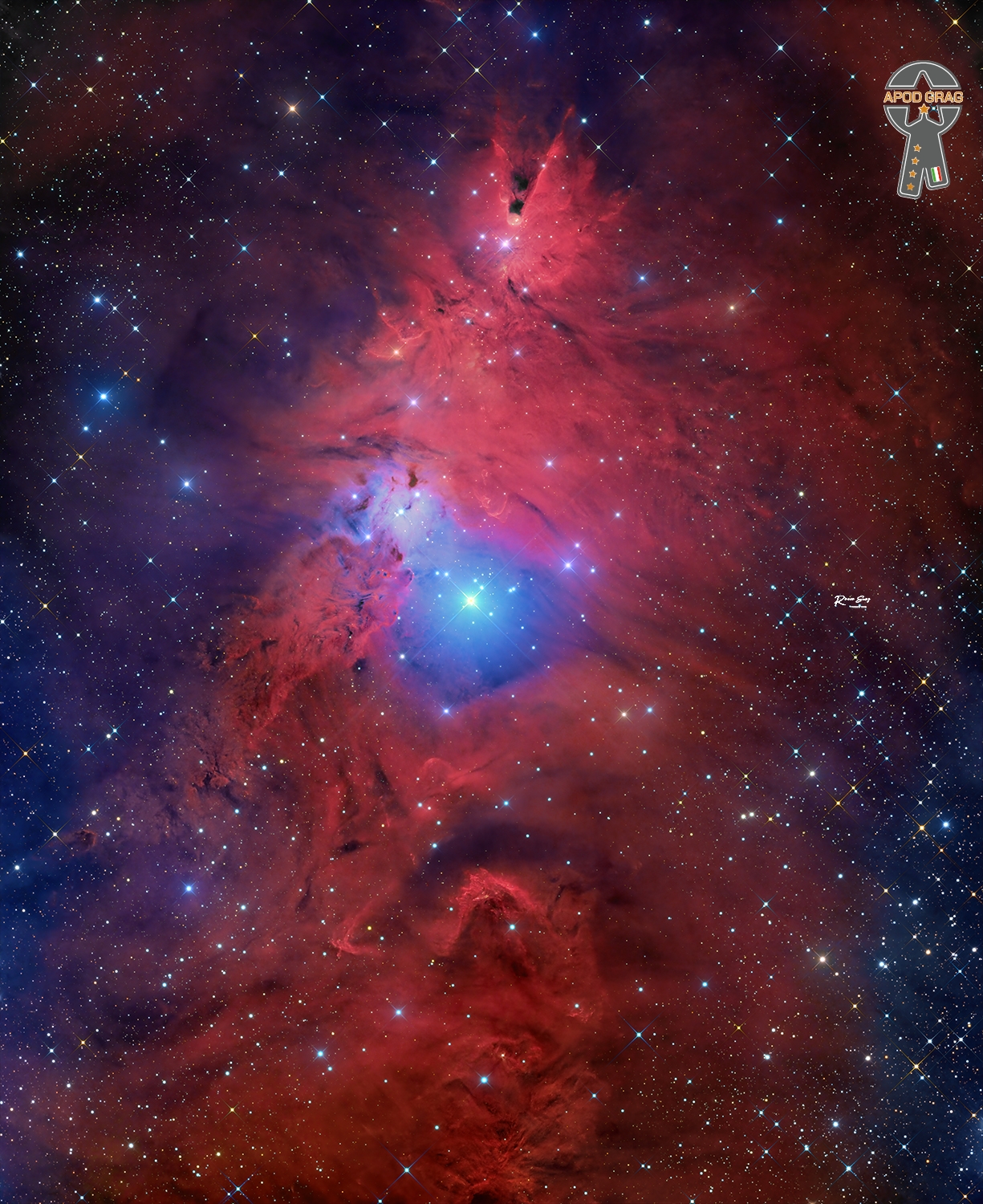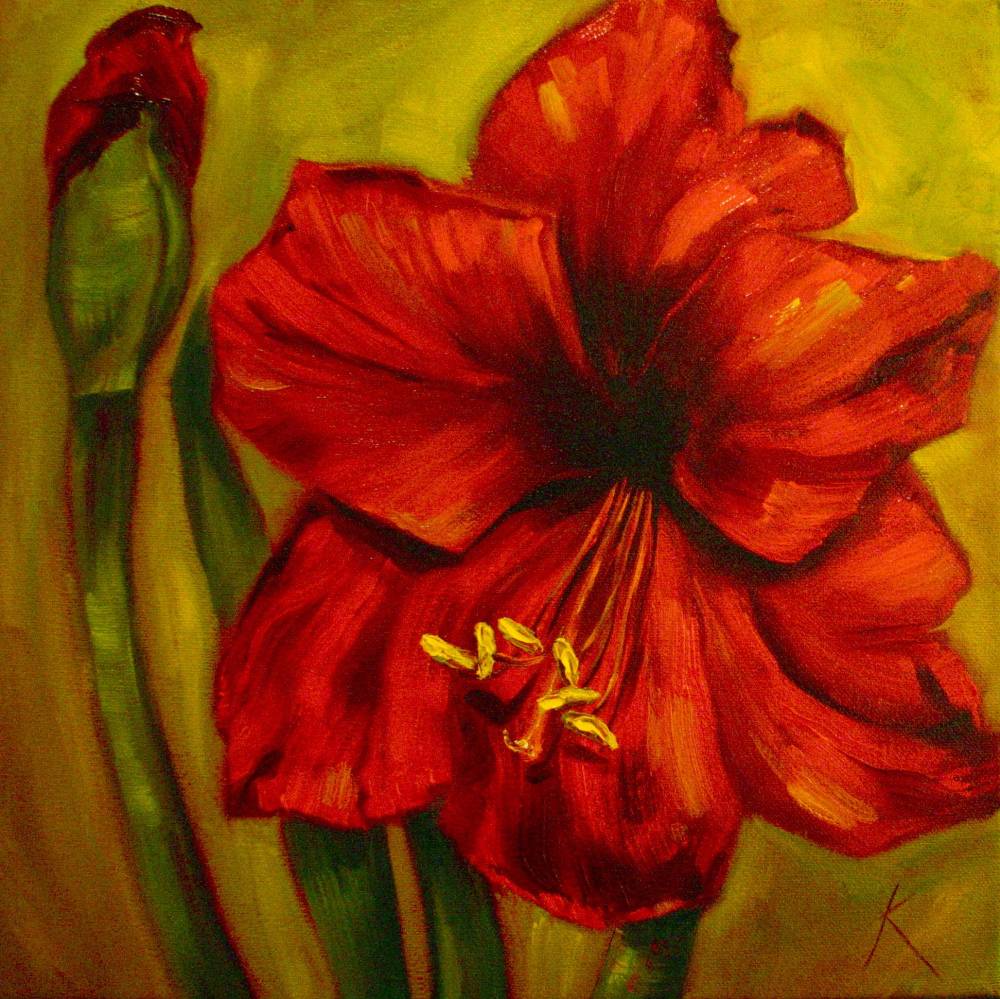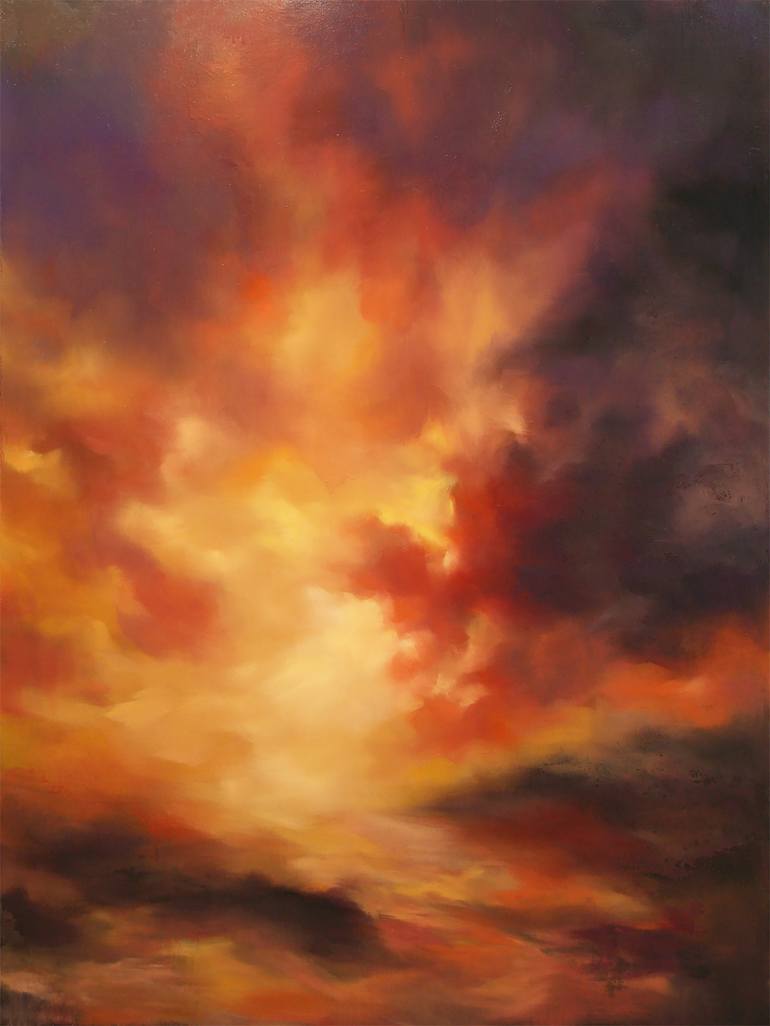Blog
Grand spiral galaxy NGC 1232, captured in detail by one of the Very Large Telescopes, is a good example. The visible is dominated by millions of bright stars and dark dust, caught up in a gravitational swirl of spiral arms revolving about the center. Open clusters containing bright blue stars can be seen sprinkled along these spiral arms, while dark lanes of dense interstellar dustcan be seen sprinkled between them. Less visible, but detectable, are billions of dim normal stars and vast tracts of interstellar gas, together wielding such high mass that they dominate the dynamics of the inner galaxy. Leading theories indicate that even greater amounts of matter are invisible, in a form we don’t yet know. This pervasive dark matter is postulated, in part, to explain the motions of the visible matter in the outer regions of galaxies.

more...
Seydou Koné born January 1, 1953, in Dimbokro, better known by his stage name Alpha Blondy, is an Ivorian reggae singer and international recording artist. Many of his songs are politically and socially motivated, and are mainly sung in his native language Dyula, French and English, though he occasionally uses other languages, for example, Arabic or Hebrew. The first son of a family of eight children, Seydou Koné was raised by his grandmother in an environment described by him as “among elders”, which was to have a big impact on his career. In 1962, Alpha Blondy joined his father in Odienné, where he spent ten years, attended Sainte Elisabeth High School, and was involved in the Ivory Coast students movement. He formed a band in high school, but this affected his schooling and he was expelled for poor attendance. His parents sent him to study English in Monrovia, the capital city of Liberia, in 1973. He spent thirteen months there and then moved to the United States to improve his English.
more...
Milton Jackson (January 1, 1923 – October 9, 1999), nicknamed “Bags“, was an American jazzvibraphonist, usually thought of as a bebop player, although he performed in several jazz idioms. He is especially remembered for his cool swinging solos as a member of the Modern Jazz Quartetand his penchant for collaborating with hard bop and post-bop players.
A very expressive player, Jackson differentiated himself from other vibraphonists in his attention to variations on harmonics and rhythm. He was particularly fond of the twelve-bar blues at slow tempos. On occasion, Jackson also sang and played piano.
Jackson was born on January 1, 1923, in Detroit, Michigan, United States, the son of Manley Jackson and Lillie Beaty Jackson. Like many of his contemporaries, he was surrounded by music from an early age, particularly that of religious meetings: “Everyone wants to know where I got that funky style. Well, it came from church. The music I heard was open, relaxed, impromptu soul music” (quoted in Nat Hentoff‘s liner notes to Plenty, Plenty Soul). He started on guitar when he was seven, and then on piano at 11.
more...Bulee “Slim” Gaillard (January 9, 1911 – February 26, 1991), also known as McVouty, was an American jazz singer and songwriter who played piano, guitar, vibraphone, and tenor saxophone.
Gaillard was noted for his comedic vocalese singing and word play in his own constructed language called “Vout-o-Reenee”, for which he wrote a dictionary. In addition to English, he spoke five languages (Spanish, German, Greek, Arabic, and Armenian) with varying degrees of fluency.[2]: 676
He rose to prominence in the late 1930s with hits such as “Flat Foot Floogie (with a Floy Floy)” and “Cement Mixer (Put-Ti-Put-Ti)” after forming Slim and Slam with Leroy Eliot “Slam” Stewart. During World War II, Gaillard served as a bomber pilot in the Pacific. In 1944, he resumed his music career and performed with such notable jazz musicians as Charlie Parker, Dizzy Gillespie, and Dodo Marmarosa.
In the 1960s and 1970s, he acted in films—sometimes as himself—and also appeared in bit parts in television series such as Roots: The Next Generations.
In the 1980s, Gaillard resumed touring the circuit of European jazz festivals. He followed Dizzy Gillespie’s advice to move to Europe and, in 1983, settled in London, where he died of cancer on February 26, 1991, after a long career in music, film and television, spanning nearly six decades.
more...Xavier Cugat (Catalan: [ʃəβiˈe kuˈɣat]; 1 January 1900 – 27 October 1990) was a Spanish musician and bandleader who spent his formative years in Havana, Cuba. A trained violinist and arranger, he was a leading figure in the spread of Latin music. In New York City, he was the leader of the resident orchestra at the Waldorf–Astoria before and after World War II. He was also a cartoonist and a restaurateur. The personal papers of Xavier Cugat are preserved in the Biblioteca de Catalunya.
more...NGC 2264 is the designation number of the New General Catalogue that identifies two astronomical objects as a single object: the Cone Nebula, and the Christmas Tree Cluster. Two other objects are within this designation but not officially included, the Snowflake Cluster, and the Fox Fur Nebula. All of the objects are located in the Monoceros constellation and are located about 720 parsecs or 2,300 light-yearsfrom Earth.Due to its relative proximity and large size, it is extremely well studied. NGC 2264 is sometimes referred to as the Christmas Tree Cluster and the Cone Nebula. However, the designation of NGC 2264 in the New General Catalogue refers to both objects and not the cluster alone. In December 2023, NASA released Christmas holiday-related images by the James Webb Space Telescope, including the Christmas Tree Galaxy Cluster and others.

James Robert Haslip (born December 31, 1951) is an American bass guitarist who was a founding member of the jazz fusion group the Yellowjackets, which he left in 2012. He was also an early user of the five-string electric bass. Born in the Bronx to Puerto Rican immigrants, Spanish was Haslip’s first language and he learned to speak English in kindergarten. His father, James Joseph (Jaime) Haslip (1915–1999) served in the United States Customs Service, beginning as a Merchant Marine until moving to patrolman and eventually deputy commissioner, marrying Jimmy’s mother Virginia (Viera) Haslip (1912–2009) in 1937.
more...Jonah Jones (born Robert Elliott Jones; December 31, 1909 – April 30, 2000) was a jazz trumpeter who created concise versions of jazz and swing and jazz standards that appealed to a mass audience. In the jazz community, he is known for his work with Stuff Smith. He was sometimes referred to as “King Louis II”, a reference to Louis Armstrong. Jones started playing alto saxophone at the age of 12 in the Booker T. Washington Community Center band in Louisville, Kentucky, before quickly transitioning to trumpet, where he excelled.
Jones was born in Louisville, Kentucky, United States. An early music instructor stuttered when stating Jones’ surname, and so Jones became known as ‘Jonah’. He began his career playing on a river boatnamed Island Queen, which traveled between Kentucky and Ohio. He began in the 1920s playing on Mississippi riverboats and then, in 1928, he joined with Horace Henderson.
more...John Kirby (December 31, 1908 – June 14, 1952), was an American jazz double-bassist and bandleader. In addition to sideman work (prominently with Benny Goodman), Kirby is remembered for leading a successful chamber jazz sextet in the late 1930s and early 1940s, which scored several hit songs including “Loch Lomond” and the debut recording of “Undecided“, a jazz standard. He is perhaps the first musician in the chamber jazz genre. Earlier in his career he also played trombone and tuba. Kirby was born John Kirk in Winchester, Virginia, United States, on 31 December 1908. His mother, Dolly Kirk (died October 1925) gave him up for adoption in 1908 and he was raised by Reverend Washington Johnson and his wife, Nancy, at 442 North Kent Street in Winchester. (Kirby is listed as a household member in the 1920 United States Federal Census, but not in the 1910 census.)
more...
S2-92 It is a large emission nebula visible in the constellation of the fox.
It is identified in the northern part of the constellation, on the border with the swan, on the southern edge of a very bright stretch of the Milky Way; It appears very extensive and weak, to the point that very sensitive tools are needed to be able to resume it. The best time for his observation in the evening sky goes from June to November; Its northern declination causes it to be more observable from the regions of the boreal hemisphere.
Sh2-92 is a very extensive H II region, whose diameter exceeds 200 light years; Perhaps it belongs to the outermost edge of the arm of Orion, at a distance of about 4400 parsec (14300 light years) from the Solar System. The source of the ionization of the gases of this cloud is a brilliant Wolf-rayet star, known with the abbreviation WR 127 (or HD 186943); this star, of apparent magnitude 10.18.

More Posts
- George Gershwin Day
- World Music with Northern Cree
- Daily Roots with Slyford Walker
- Rhythm Roots Workshop at PRI St Louis Pk
- The Cosmos with NGC 6872
- Sam Rivers Day
- Shadow Wilson Day
- World Music with Noe hernandez cantarell
- Daily Roots with the Twinkle Brothers
- The Cosmos with NGC 3981
- Fats Navarro Day
- Blind Melon Jefferson Day
- World Music with Eugenia Georgieva
- Daily Roots with Playing for Change
- Diego LaBriola Birthday
- The Cosmos with M63
- John Coltrane Day
- Ray Charles Day
- World Music with Simo Lagnawi
- Daily Roots with Playing for Change




